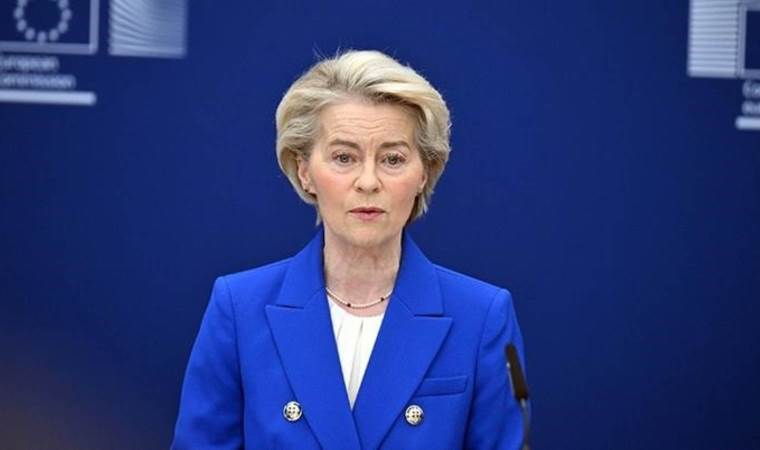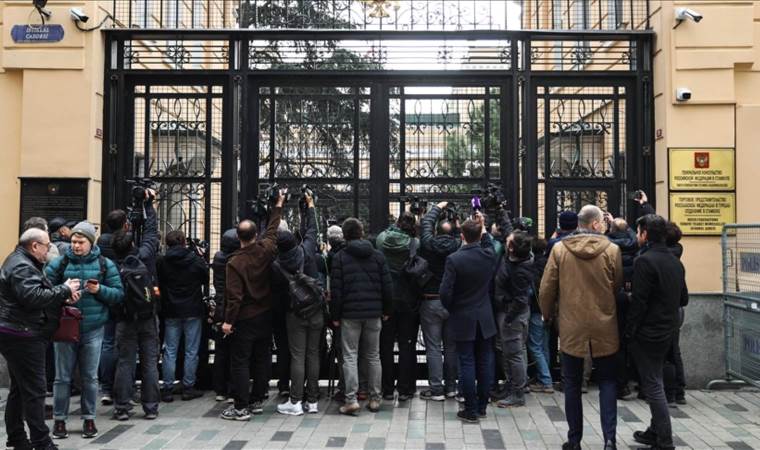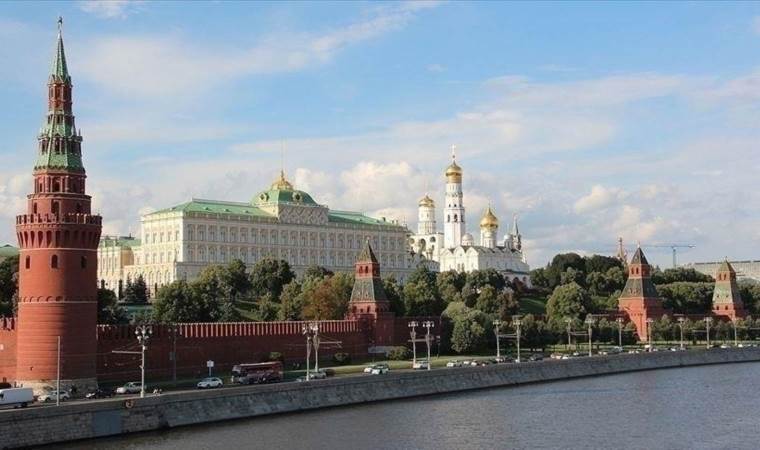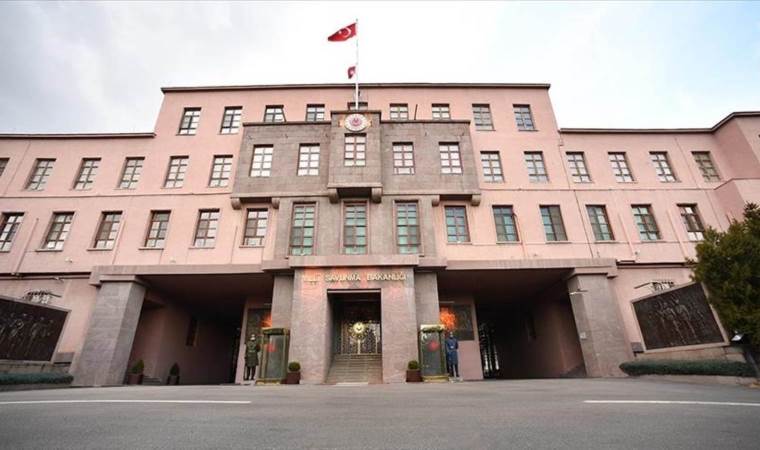The Balkans' population decline: Causes and possible solutions
For the past two decades, the EU membership was perceived as a panacea for most problems facing the Balkans. These worrying trends indicate that population decline is here to stay with or without joining the EU.

Last week, I was at a conference in the northeastern Bosnian city of Tuzla, which is one of the major cities, and the Tuzla canton is the most populous canton in the country. However, I was struck by how empty the city was on Friday and Saturday.
The capital of Sarajevo is full of Bosnian diaspora and tourists from May to late August. But, the situation is visibly different after the summer. When I started working as a teaching assistant in Sarajevo more than a decade ago, I had close to 1,000 students. Now, I have about 200.
These along with other visible trends show that Bosnia’s population is rapidly declining. In a census conducted in 1991, Bosnia had a population of 4.37 million. The last census in 2013 put the figure at 3.53 million [1]. But the reality is even more grim.
Mass emigration trend in Bosnia
Many analysts back in 2013 considered the most recent census inaccurate. The real figure was even then much lower. However, over the last several years, there has been a trend of mass emigration from Bosnia.
Most of those leaving Bosnia are doing so in search of employment in the EU countries, primarily in Germany. Young people at universities and recent graduates are increasingly learning German in the hope that they will emigrate.
It is not only the unemployed that are leaving the country but also a number of employed young professionals are finding good jobs with better conditions in the EU. There are many cases of whole families packing their bags and heading west.
Official statistics on how many Bosnian citizens have left since the 2013 census are lacking. A Bosnia-based NGO reported that half a million did so between 2013 and 2019. In 2021 alone, the figure was put at 170,000. This is the equivalent of a major city in Bosnia leaving in a year[2]. These are staggering figures for a country with a population of 3.5 million officially.
However, the statistics have yet to keep up with the scale of the exodus. Walking in Tuzla or other cities and towns across Bosnia shows the extent of the mass emigration.
Other Balkan countries have the same problem
A similar pattern of declining population was registered in other Balkan countries. A census conducted in Croatia in 2021 registered 3.88 million people living in the country. This was a sharp decline from the figure of 4.28 in the 2011 census [3]. Media reports indicate that Ireland is a destination of choice for many Croatians.
Unlike Bosnia, Croatia does not have in-built political gridlock that stymies governance to function efficiently. The country joined both NATO and the EU but still recorded a significant population decline.
Serbia began conducting a census in October this year. This comes slightly over a decade after holding its last census. While the official statistics have yet to be announced, there are certain media reports that the population is expected to decline by as much as half a million [4].
In North Macedonia, the 2021 census showed a population of 1.83 million. This was a decline of more than 9% from the last census held in 2002 [5]. These figures show that the population decline challenge is a common one across the region.
However, it is not only citizens of countries that were once a part of Yugoslavia that are heading towards Germany and Austria. On my recent trips to Greece and Romania, I heard that young people were eager to move to Germany, which means to the member states of the NATO and the EU that have no post-war challenges akin to those in Bosnia.
For much of the past two decades, the EU membership was perceived as a panacea for most problems facing the Balkans. The dominant discourse in the Balkans has been that the process of European integration would lead to significant reforms in states aspiring to join the bloc and that this would improve the standards of governance and livelihood in the region. While the process of joining the EU has been beneficial for certain Balkan states, there is still a population decline. In essence, young people from the Balkans are heading towards better employment, more stable environments and a brighter future in the West. What these worrying trends indicate is that population decline is here to stay with or without joining the EU.
This challenge of population decline should be a wake-up call for governments in the region. The situation is particularly dire in Bosnia. New governments expected to be formed at various levels in Bosnia need to attempt to tackle this challenge. They can offer a host of incentives for the country’s youth to stay. Governments in the region should offer grants and subsidize housing for young people. Families with young children should be given financial support for kindergartens and schools. Tax incentives for young professionals, especially freelancers, is a priority. Young entrepreneurs should be supported financially by governments across the region. Healthcare should be improved. Still, it is unclear if the trend of population decline can be reversed. Perhaps it can only be ameliorated.
Most Read News
-
 Indonesia will 'stand side by side' with Türkiye in defe
Indonesia will 'stand side by side' with Türkiye in defe
-
 EU agrees on 90-day pause in countermeasures against US
EU agrees on 90-day pause in countermeasures against US
-
 Russia-US talks in Istanbul conclude after more than 5 h
Russia-US talks in Istanbul conclude after more than 5 h
-
 US, South Korea hold joint naval salvage exercise
US, South Korea hold joint naval salvage exercise
-
 Tesla shares soar 22.6% as Trump grants tariff pause
Tesla shares soar 22.6% as Trump grants tariff pause
-
 Iran says IAEA inspectors could be expelled if threats c
Iran says IAEA inspectors could be expelled if threats c
-
 Kremlin denies Zelenskyy's allegations of Chinese involv
Kremlin denies Zelenskyy's allegations of Chinese involv
-
 Türkiye, Israel hold first technical meeting on conflict
Türkiye, Israel hold first technical meeting on conflict
-
 Russia confirms prisoner exchange with US
Russia confirms prisoner exchange with US
-
 Canadian premier calls US tariff pause a 'welcome reprie
Canadian premier calls US tariff pause a 'welcome reprie










